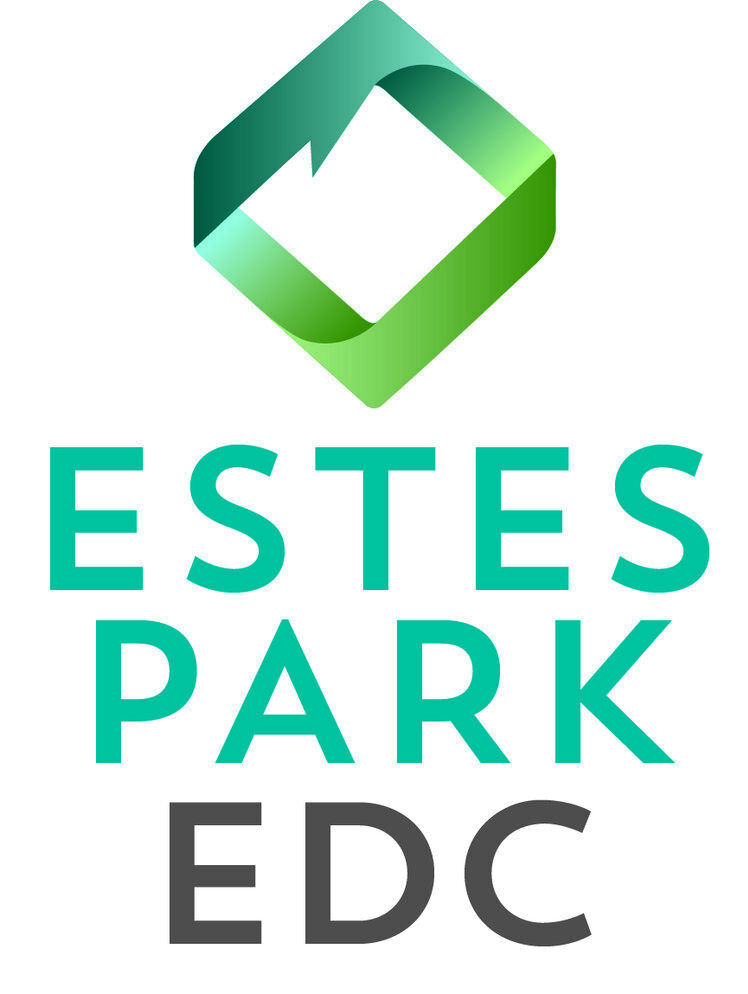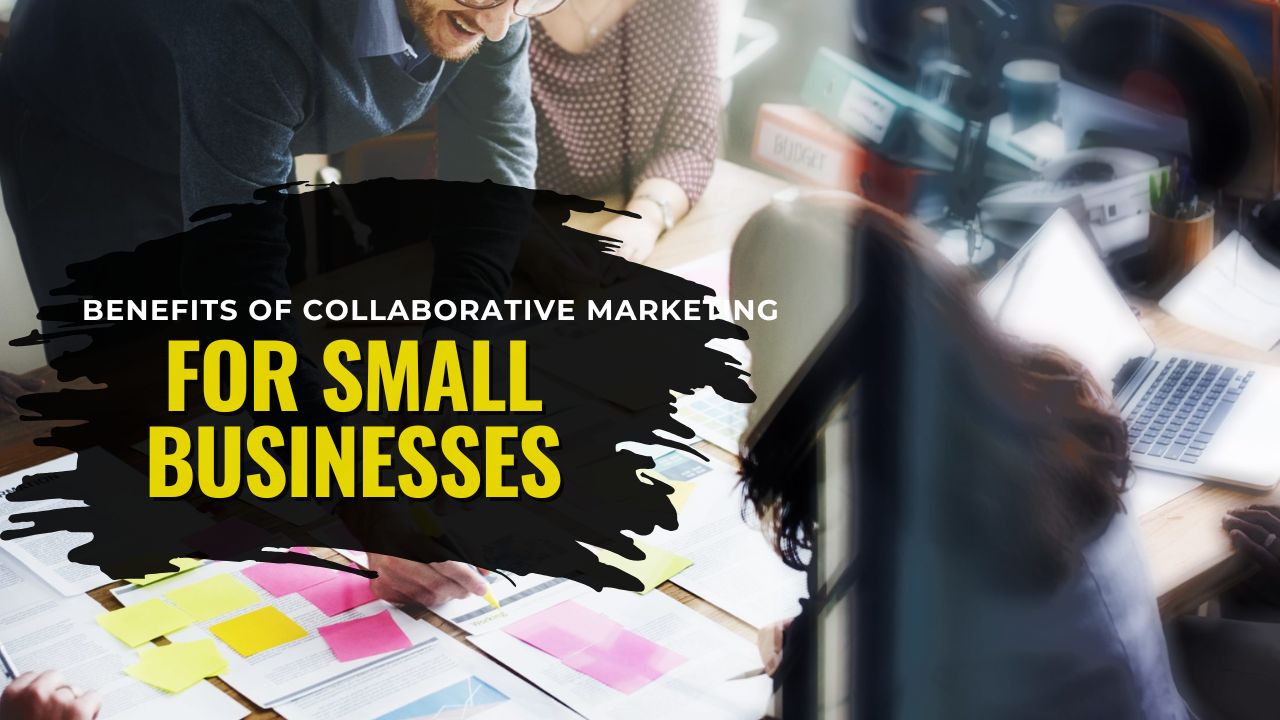Small businesses are juggling tighter budgets, privacy-driven ad changes, and audiences that trust people and local brands more than faceless ads.
That’s exactly where collaborative marketing (also called co-marketing or partnership marketing) shines.
By teaming up with complementary businesses, creator partners, or community organizations, you share audiences, share costs, and multiply results—without the heavy lift of scaling cold, pay-to-play channels on your own.
What is collaborative marketing?
Collaborative marketing is a structured partnership where two or more non-competing brands co-create and co-promote content, offers, or events.
Common formats include co-branded lead magnets, bundle promotions, joint workshops/webinars, email swaps, loyalty cross-rewards, pop-ups, and giveaways.
The exchange is simple: each party contributes assets (audience, content, venue, incentives) and each earns qualified attention, trust, leads, and sales.
Core benefits (and how they show up in your numbers)
1) Lower Customer Acquisition Cost (CAC)
Reaching a partner’s warm audience typically converts better than cold ads. Because both sides promote the same asset or offer, your media spend per lead drops.
Measurably, you’ll see higher opt-in rates from email swaps, better redemption on bundle offers, and cheaper first purchases when your brand is introduced by a trusted partner.
2) Bigger, faster reach—without hiring a bigger team
Partnerships let you borrow distribution (email lists, social followers, foot traffic, or a venue) and spin up content together.
Two founders recording a 30-minute workshop can turn that into blogs, reels/shorts, carousels, and nurturing emails for both lists—doubling distribution from day one.
3) Trust transfer = higher conversion
When your offer appears beside a local favorite (a gym, café, nursery, bike shop, salon, credit union, or community group), you benefit from social proof and values alignment—two drivers that push people from “maybe” to yes.
4) Content velocity and creative quality
Pooling photographers, designers, writers, and creators means better creative and faster output. You’ll produce more assets per campaign—and you can repurpose them across both brands’ channels for sustained reach.
5) Retention and lifetime value
Cross-rewards (e.g., members of Brand A get perks at Brand B) encourage repeat visits and cross-category discovery, lifting AOV and CLV while making your loyalty program feel bigger than your single store.
6) Community and PR upside
Joint pop-ups, charity tie-ins, or “shop-local” passports draw press and community attention, deepening your brand’s neighborhood roots—especially useful for service businesses and destination retail.
Quick comparison – formats, goals, and metrics
| Collaboration Format | Best For | How It Works | Primary KPIs | Typical Cost Split | Lead Time |
|---|---|---|---|---|---|
| Co-branded Lead Magnet (guide, checklist, quiz) | Lead gen for services/e-com | Create one asset, host a shared landing page, both brands email their lists | Landing-page CVR, CPL, MQL→Sale rate | Shared creative & promo | 1–2 weeks |
| Bundle Offer (product/service) | Immediate sales, AOV lift | Limited-time bundle redeemable online or in-store; tracked codes | AOV, redemption rate, margin, CAC | Revenue share; minimal media | 5–10 days |
| Joint Workshop / Webinar / Pop-Up | Authority + foot traffic | Co-host session; record for replay and gated follow-up | Registrations, show-up rate, sales per attendee | Venue/refreshments split | 2–3 weeks |
| Email Swap (solo or newsletter feature) | Low-cost reach | Each brand features the other’s offer/content | Opens, CTR, sign-ups, first purchase | Time/creative only | 3–7 days |
| Loyalty Cross-Rewards | Retention & repeat | Members of Brand A get perks at Brand B (and vice-versa) | Repeat rate, points redemption, CLV | Perks subsidized by each brand | 2–4 weeks |
| Affiliate/Creator Partnership | Scalable performance | Trackable links; pay on CPA/CPS | ROAS, CAC, incremental sales | Commission per action | Ongoing |
A step-by-step playbook to launch in 30 days
Week 1 — Map your value exchange
- List your audience (size, geo, interests), assets (email, social, venue, creators), and goals (leads, foot traffic, reviews, sales).
- Identify complementary partners (shared customers, non-competing offers). Examples: yoga studio + smoothie bar, florist + photographer, pet groomer + pet bakery, bookstore + coffee shop, salon + boutique.
Week 2 — Choose the format and build assets
- If you need leads fast, do a co-branded checklist + email swap.
- If you need sales now, run a weekend bundle with in-store signage and a QR code that tracks redemptions.
- If you need authority, host a micro-workshop and gate the replay.
Create a promo kit for both sides: 1 co-branded landing page, 2 emails each, 4 social posts each, 1 short video each, UTM links, trackable codes, and a one-sheet with the core promise and call-to-action.
Week 3 — Launch and coordinate distribution
- Publish the landing page and pin the announcement post.
- Send the first email on the same day, with staggered reminder emails 48–72 hours later.
- Use in-store QR and receipt-stapled coupons for brick-and-mortar.
- Encourage staff to hand-sell the bundle: give them a simple script and incentive.
Week 4 — Measure, learn, and decide
- Review KPIs together: impressions, clicks, sign-ups, redemptions, AOV, CAC, revenue, plus incrementality (see below).
- If partner CAC ≤ 70% of your paid-ads CAC (or CLV is meaningfully higher), renew for a seasonal version (Back-to-School, Valentine’s, Summer Starter, Holiday Helpers).
Measurement that proves it worked (with simple math)
- CAC (Customer Acquisition Cost) CAC=Campaign Costs (your share)New Customers Attributed to Partnership\textbf{CAC}=\frac{\text{Campaign Costs (your share)}}{\text{New Customers Attributed to Partnership}}CAC=New Customers Attributed to PartnershipCampaign Costs (your share) Include your time cost if you want a true, fully-loaded CAC.
- AOV (Average Order Value) AOV=Total RevenueNumber of Orders\textbf{AOV}=\frac{\text{Total Revenue}}{\text{Number of Orders}}AOV=Number of OrdersTotal Revenue
- CLV (Customer Lifetime Value)
A pragmatic SMB version: CLV≈(AOV)×(Purchase Frequency per Year)×(Avg. Retention Years)×Gross Margin %\textbf{CLV} \approx (\text{AOV}) \times (\text{Purchase Frequency per Year}) \times (\text{Avg. Retention Years}) \times \text{Gross Margin \%}CLV≈(AOV)×(Purchase Frequency per Year)×(Avg. Retention Years)×Gross Margin % - Incrementality
Set a simple holdout: a slice of each list that doesn’t see the offer. If the exposed group buys more than the holdout, the lift indicates incremental value (not just cannibalizing existing demand). - Attribution hygiene
Use UTMs, unique promo codes, a co-branded landing page, and in-store QR to reduce guesswork. Share a one-page post-mortem with results, learnings, and next steps.
Partner selection checklist (so you avoid mismatches)
- Customer Overlap: Same buyer profile; different core product.
- Brand Fit: Similar quality standards and values; aligned price tiers.
- Asset Balance: Comparable list sizes—or explicit trade (e.g., your venue for their larger email).
- Clear Offer: One strong value proposition and a compelling, time-bound incentive.
- Data & Compliance: Agreement on data use, privacy, and opt-in rules.
- KPI Alignment: Agree on success metrics before launch.
- Written MOU: Dates, deliverables, creative approvals, tracking plan, and what success unlocks (e.g., seasonal renewals).
Three practical collaboration examples (you can copy)
- Wellness Weekender (Services + CPG)
A yoga studio partners with a smoothie brand for a weekend pass + smoothie bundle. They co-host a 45-minute class livestream, gate the replay, and offer 10% off for attendees redeemable via QR. Deliverables: landing page, two emails each, four reels, in-studio signage. KPIs: registrations, redemptions, new memberships. - Garden & Gather (Retail + Workshop)
A nursery and a local café run a “planting & pour-over” workshop. Ticket includes a starter plant and a drink. The replay becomes a mini video course gated behind email. KPIs: ticket revenue, upsell plants, repeat café visits. - Book & Boutique (Retail + Retail)
An indie bookstore and a women’s boutique curate a Mother’s Day bundle (bestseller + accessory). Email swap + in-store counter displays + joint gift-wrapping. KPIs: bundle sell-through, AOV lift, new subscribers.
Messaging and creative tips that convert
- Lead with a single promise (“Stronger mornings: yoga + protein smoothie 20% off this week”).
- Keep the CTA identical across both brands.
- Use social proof (reviews, UGC, before/after moments) in the first scroll.
- Add urgency and scarcity (limited dates, capped seats, or limited bundles).
- Repurpose: clip the workshop into reels/shorts, turn Q&A into FAQ email, post behind-the-scenes for authenticity.
Collaborative marketing gives small businesses a force multiplier: you borrow reach, transfer trust, share creative and costs, and prove value with clear, shared KPIs.
Start with one partner and one format, instrument your tracking, and run a tight 30-day sprint. If your partner CAC beats your paid-ads baseline—or your AOV/CLV rises—double down with seasonal variations and an expanded partner roster.
In 2025, the smartest growth isn’t always about spending more—it’s about growing together.
FAQs
How do I choose the right partner without hurting my brand?
Look for shared customers and non-competing offers, check that their service quality matches yours, and make sure you’re aligned on values, tone, and pricing. Start with a low-risk format (email feature or co-branded checklist) before moving to bundles or cross-rewards.
What if our lists are different sizes?
Trade fairly: the smaller list can contribute a venue, production, or creator content; the larger list contributes distribution. Put the value exchange in writing and balance future campaigns so both sides win.
How soon should I expect results?
For lead gen, you’ll see impact within days of the email swap. For sales, bundle weekends can deliver immediate results, while loyalty cross-rewards compound over weeks to months. Evaluate CAC, AOV, and incremental lift before you decide to scale.

